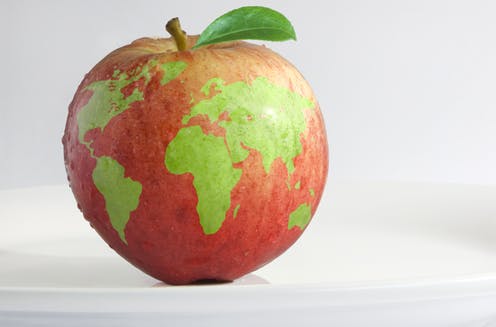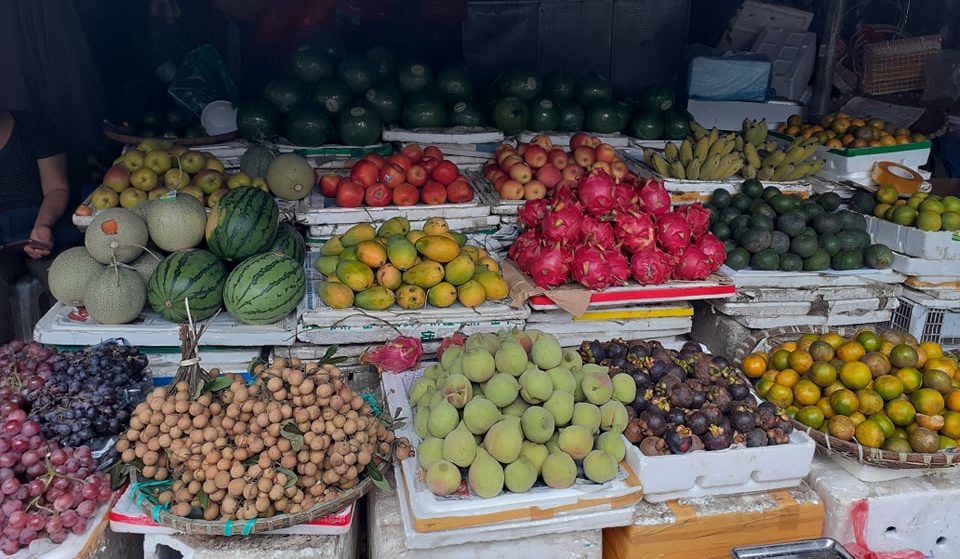
A food system includes all the activities involved in the production, processing, transport and consumption of food. It is now widely accepted by many that our modern food systems are not sustainable. Population growth, urbanisation, a growing middle class, changing dietary patterns, globalisation and of course climate change make the challenge of managing the current food system increasingly more difficult. A paper by (Béné et al., 2019) signifies that there is a wide-ranging acceptance of what exactly the current “crisis” means and what the most important aspects in fixing the problem are. This paper analysed literature related to food systems and outlined and adopted the narratives and storylines that emerged most often around the failure of our food systems. The paper further explores how sustainability is included (or not) in these different narratives and how his related to the question of healthy diets but for now I will just consider the narratives which were discovered.
Even though the consensus is that our food systems are failing, what actually encompasses these failures can be observed from a variety of angles. The narratives are in essence constructed ‘stories’ which consist of a beginning, a middle and an end. The 4 major narratives identified by Bene et al each outline – “what the failure of the food system is about?” (the beginning) , “what is threatened and what needs to be fixed?” (the middle) and “where do the priorities for action stand?” (the end).
- The first narrative identified focuses on the production of more food and closing the gap in yields to ensure food security. Food security is, according to the United Nations “when all people, at all times, have access to sufficient, safe and nutritious food to meet their dietary needs and food preferences for an active and healthy life.” Can we build a food secure system? Can we produce enough food to feed the nearly 10 billion people on the planet in 2050? There is expected to be a continued shift in diet, increasing the demand for more resource-intensive foods, while at the same time these resources are limited. Water and land suitable for agriculture are finite and climate change is only expected to put a further burden on these challenges.
- The target of the second narrative is on the diet and nutrition aspect of food security. Often when we think of food security we think merely of the physical access to food. Not only does everyone need to be able to access to food, but that food needs to be of a standard to enable a healthy life. It is believed that from a calorific perspective we produce enough food to feed the population already. This narrative focuses therefore on how food systems can better deliver an optimal diet as such, increasing nutritious and healthy foods and limiting unhealthy foods. Malnutrition, undernutrition and overweight/obesity result in what is now referred to as the triple burden of malnutrition. Although this narrative includes the element of a healthy diet, it remains difficult to always align the various connections between healthy diets and the range of elements of sustainable food systems.
- The third narrative focuses on the current food systems imbalance and inequality in the sense that although we are producing enough food to feed everyone, significant numbers still suffer from hunger and malnutrition. The focus of this narrative looks at the injustice that food systems are creating – the increasing disconnect from our food and where it has come from, as well as issues of food sovereignty. Marketing and food distribution activities, in the hands of a few large private companies, seeking larger profits are adapting more socially unjust structures and leaving the most vulnerable people behind.
- The fourth narrative focuses on the effect our modern food systems are having on the environment and the negative impacts they have on our natural resources. Deforestation, scarcity of water, extinction of species and a reduction in the genetic diversity of crops and animals have been some of the most extreme consequences of various agricultural practices in our modern food systems. Healthy diets appear again in this narrative. What environmental considerations are needed? Much debate exists in this field – especially, most recently around meat consumption, but I won’t get into that here. However whether a healthy diet = a sustainable diet remains contested. Divergent opinions on what exactly both these concepts entail at different scales and within different contexts are clearly evident in the discussion around food systems.
This paper provided me with great insight into what the current narratives are and how they can differ dramatically. However, little is known regarding the drivers of food systems narratives of private sector actors in food systems in developing countries. For the next couple of months, for the purpose of my research project, I hope to explore and understand the food system narratives of private sector actors in Ethiopia. I will be sure to keep you updated with my findings along the way.
Clare
